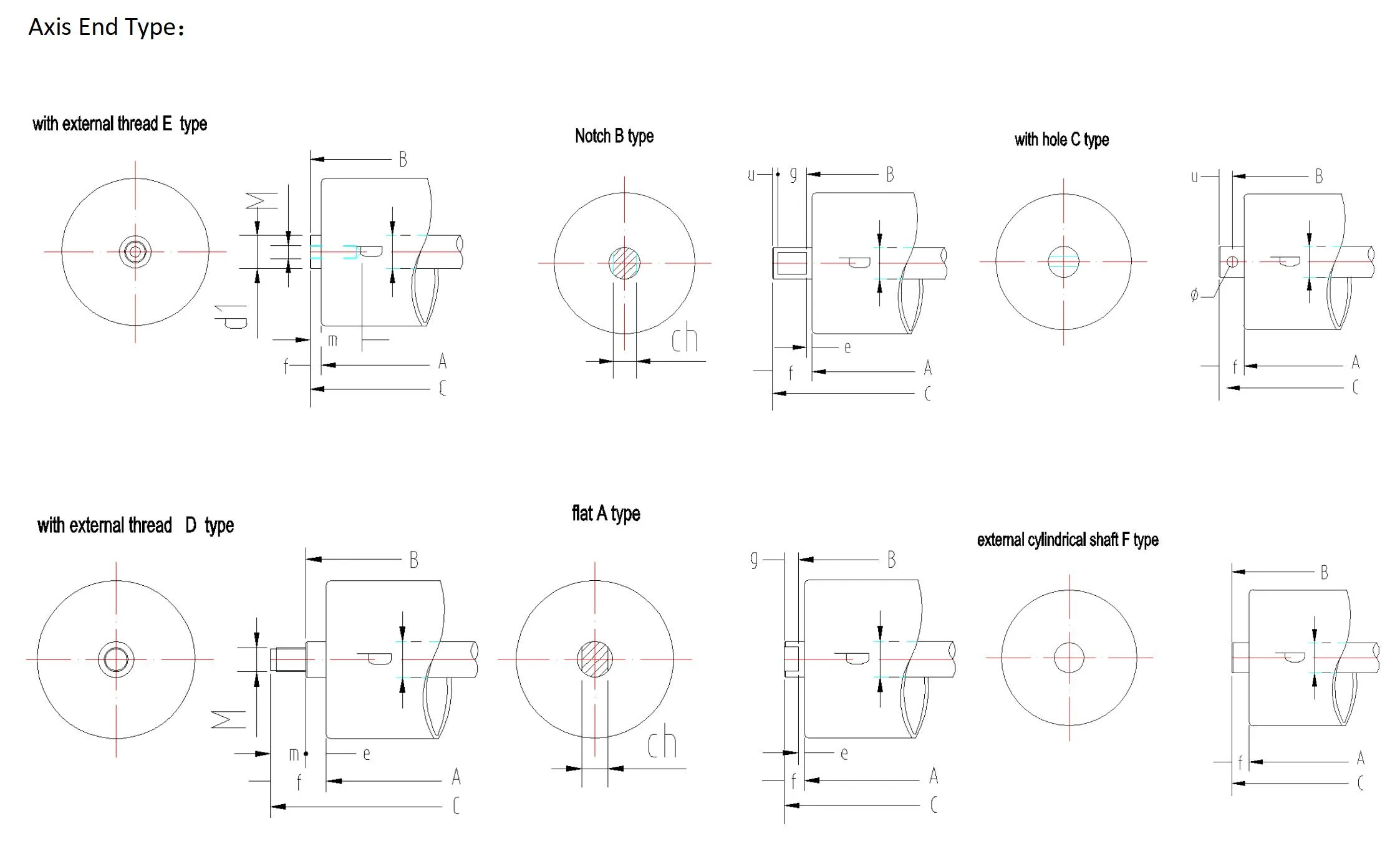 Afrikaans
Afrikaans  Albanian
Albanian  Amharic
Amharic  Arabic
Arabic  Armenian
Armenian  Azerbaijani
Azerbaijani  Basque
Basque  Belarusian
Belarusian  Bengali
Bengali  Bosnian
Bosnian  Bulgarian
Bulgarian  Catalan
Catalan  Cebuano
Cebuano  Corsican
Corsican  Croatian
Croatian  Czech
Czech  Danish
Danish  Dutch
Dutch  English
English  Esperanto
Esperanto  Estonian
Estonian  Finnish
Finnish  French
French  Frisian
Frisian  Galician
Galician  Georgian
Georgian  German
German  Greek
Greek  Gujarati
Gujarati  Haitian Creole
Haitian Creole  hausa
hausa  hawaiian
hawaiian  Hebrew
Hebrew  Hindi
Hindi  Miao
Miao  Hungarian
Hungarian  Icelandic
Icelandic  igbo
igbo  Indonesian
Indonesian  irish
irish  Italian
Italian  Japanese
Japanese  Javanese
Javanese  Kannada
Kannada  kazakh
kazakh  Khmer
Khmer  Rwandese
Rwandese  Korean
Korean  Kurdish
Kurdish  Kyrgyz
Kyrgyz  Lao
Lao  Latin
Latin  Latvian
Latvian  Lithuanian
Lithuanian  Luxembourgish
Luxembourgish  Macedonian
Macedonian  Malgashi
Malgashi  Malay
Malay  Malayalam
Malayalam  Maltese
Maltese  Maori
Maori  Marathi
Marathi  Mongolian
Mongolian  Myanmar
Myanmar  Nepali
Nepali  Norwegian
Norwegian  Norwegian
Norwegian  Occitan
Occitan  Pashto
Pashto  Persian
Persian  Polish
Polish  Portuguese
Portuguese  Punjabi
Punjabi  Romanian
Romanian  Russian
Russian  Samoan
Samoan  Scottish Gaelic
Scottish Gaelic  Serbian
Serbian  Sesotho
Sesotho  Shona
Shona  Sindhi
Sindhi  Sinhala
Sinhala  Slovak
Slovak  Slovenian
Slovenian  Somali
Somali  Spanish
Spanish  Sundanese
Sundanese  Swahili
Swahili  Swedish
Swedish  Tagalog
Tagalog  Tajik
Tajik  Tamil
Tamil  Tatar
Tatar  Telugu
Telugu  Thai
Thai  Turkish
Turkish  Turkmen
Turkmen  Ukrainian
Ukrainian  Urdu
Urdu  Uighur
Uighur  Uzbek
Uzbek  Vietnamese
Vietnamese  Welsh
Welsh  Bantu
Bantu  Yiddish
Yiddish  Yoruba
Yoruba  Zulu
Zulu Choosing the Right Guide Rollers for Conveyor Systems and Their Benefits
Guide Rollers for Conveyors An Essential Component for Efficient Material Handling
In the realm of material handling, conveyors play a pivotal role in streamlining operations across diverse industries—from manufacturing and distribution to warehousing and logistics. One crucial element that significantly enhances the efficiency and reliability of conveyor systems is the guide roller. These specialized rollers are designed to manage and direct the flow of materials, ensuring smooth transport and minimizing disruptions.
Understanding Guide Rollers
Guide rollers, also known as guiding rollers, are cylindrical components installed alongside conveyor belts. Their primary function is to keep the conveyor belt aligned, enabling it to maintain a straight path as it moves products or materials from one point to another. This alignment is essential because even slight deviations in the belt's track can lead to product misalignment, increased wear, and ultimately, costly downtime.
Types of Guide Rollers
There are various types of guide rollers tailored to meet specific operational requirements. The most common include
1. Fixed Guide Rollers These are stationary and designed to keep the conveyor belt in place. They are typically installed at the edges of the conveyor to help prevent the belt from drifting.
2. Adjustable Guide Rollers These offer the flexibility to modify their position, allowing users to adapt to changing operational needs or variations in product dimensions. This adjustability is especially useful in applications where multiple product sizes are handled.
3. Crowned Guide Rollers With a slightly tapered design, crowned rollers help center the conveyor belt by naturally guiding it back to the center, reducing the risk of misalignment. This design is particularly beneficial in high-speed applications where belt drift could lead to significant issues.
guide rollers for conveyors

Benefits of Using Guide Rollers
Integrating guide rollers into conveyor systems provides several benefits
- Enhanced Stability By maintaining proper alignment, guide rollers contribute to a more stable operation, reducing the chances of belts slipping or misaligning.
- Reduced Wear and Tear Properly aligned conveyor belts experience less friction against other components, which translates to lower wear rates and longer equipment life.
- Increased Productivity Efficient material flow minimizes delays and disruptions in the production line, allowing for higher throughput and better resource utilization.
- Improved Safety Misaligned belts can pose safety hazards, such as product spills or accidents. Guide rollers mitigate these risks by ensuring the conveyor system operates smoothly.
Conclusion
As industries continue to demand greater efficiency and reliability in material handling processes, the importance of every component within conveyor systems cannot be overstated. Guide rollers play a significant role in this equation, providing the necessary support to ensure belts operate correctly and efficiently. By investing in high-quality guide rollers, businesses can enhance their conveyor systems' performance, reduce maintenance costs, and ultimately improve their bottom line. Whether you are designing a new conveyor system or optimizing an existing one, don’t overlook the critical role of guide rollers in achieving operational excellence.
-
Revolutionizing Conveyor Reliability with Advanced Rubber Lagging PulleysNewsJul.22,2025
-
Powering Precision and Durability with Expert Manufacturers of Conveyor ComponentsNewsJul.22,2025
-
Optimizing Conveyor Systems with Advanced Conveyor AccessoriesNewsJul.22,2025
-
Maximize Conveyor Efficiency with Quality Conveyor Idler PulleysNewsJul.22,2025
-
Future-Proof Your Conveyor System with High-Performance Polyurethane RollerNewsJul.22,2025
-
Driving Efficiency Forward with Quality Idlers and RollersNewsJul.22,2025





























